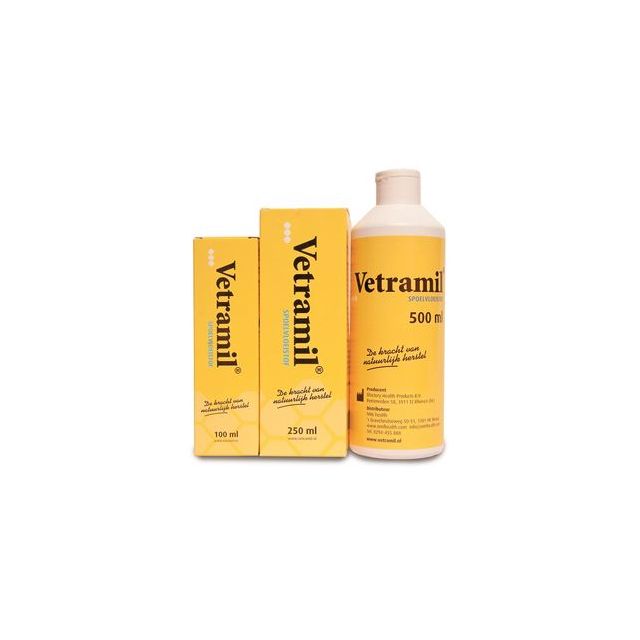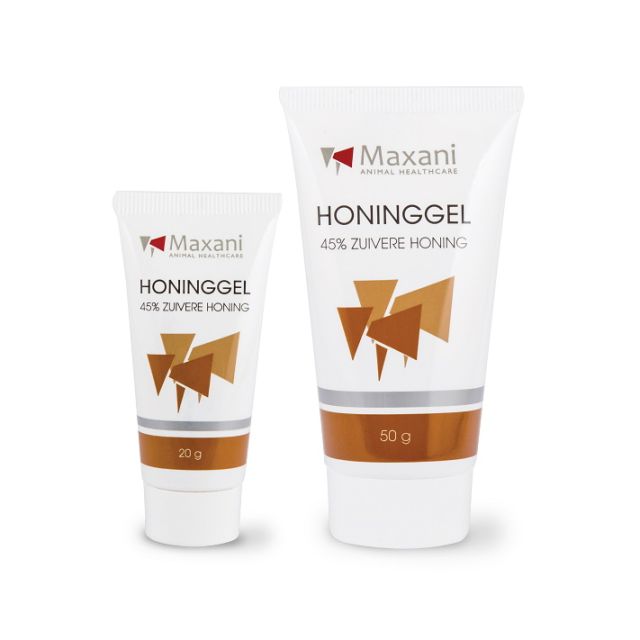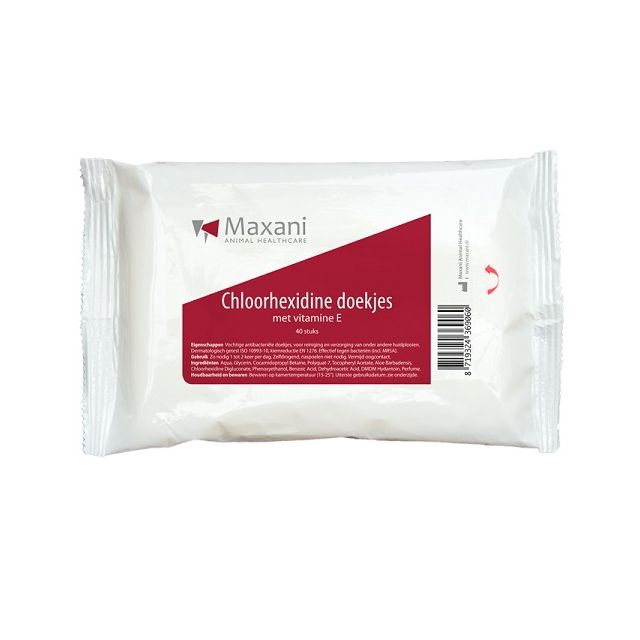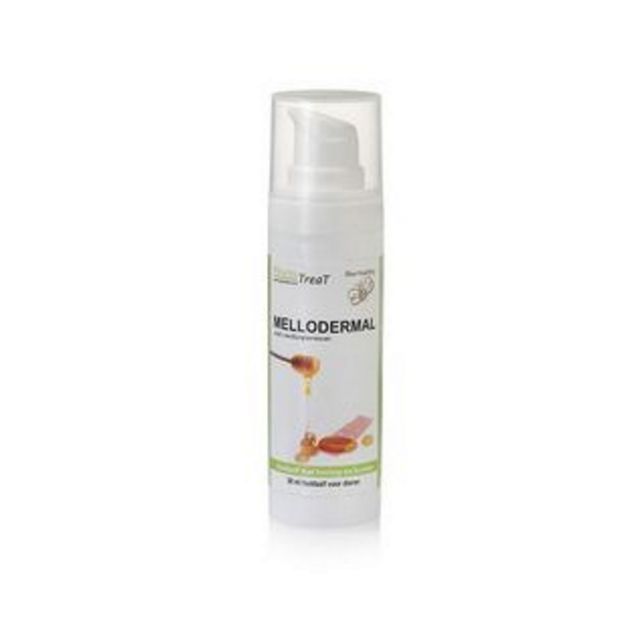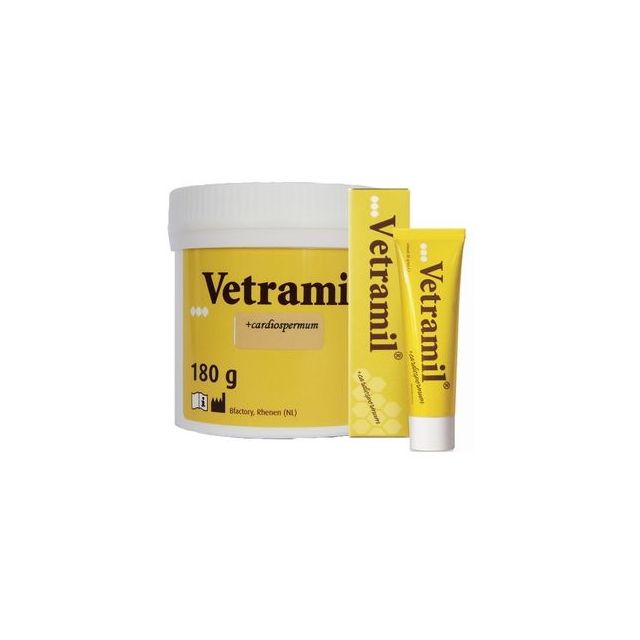My dog has hotspot
A hotspot is a red, moist area on your dog's skin that often spreads quickly and causes a lot of discomfort. It is usually very itchy and sometimes painful for your dog.
Read here how your dog can develop a hotspot and, more importantly, what you can do to prevent its spread as much as possible. At Pharmacy4pets, you can find soothing ointments and other products to take care of your dog's sensitive skin and coat as best as possible.
What exactly is a hotspot?
A hotspot starts with a small skin injury, often caused by your dog scratching. The bacteria normally present on your dog's skin multiply rapidly in the more humid environment of the damaged skin. If the initial hotspot is not adequately treated, a deep bacterial infection can quickly develop, spreading rapidly. Hotspots often occur on the lower part of the back and around the ears, but they can appear anywhere on the body. Dogs with allergies and dogs with very dense coats are at a greater risk of developing a hotspot, but any dog can get it.
What causes a dog to get a hotspot?
Most commonly, a hotspot develops when the dog has intense itching in a particular area and scratches a lot. In principle, any cause of itching can also lead to hotspots. Some examples include:
- Parasites such as fleas
- Ear infection
- Overfilled anal glands or anal gland infection
- Allergies
Treatment of a hotspot in dogs
Preventing the further spread of a hotspot is very important in its treatment. Additionally, you must ensure that the area with the hotspot can dry. Fortunately, there are many things you can do yourself when your dog has a hotspot:
- Shave or trim the area very short: By gently removing the hair from the area, you can keep it much drier and cleaner.
- Clean the area: Carefully remove the clipped/shaved hair from the area, as well as any pus and scabs. You can use a diluted betadine solution or a dog shampoo suitable for sensitive and irritated skin like Vetramil Derma shampoo with honey and Aloe Vera.
- Use a soothing ointment or spray: Honey ointment provides soothing relief and supports the skin's healing ability. A cooling spray like Dermacool hot spot spray for dogs can help your dog to scratch less.
- Prevent your dog from touching the area: Scratching and biting cause further damage to the skin and spread bacteria. It is important to prevent this as much as possible. Depending on the location of the hotspot, a collar or a onesie is the right choice. Medical Pet Shirts cover the entire body or a specific body part (head, paws) of your dog.
- Treat the underlying cause: A hotspot usually has an underlying cause, and if it is not addressed, the urge to scratch and/or bite will persist. Therefore, it is also very important to address the underlying cause, such as an ear infection, overfilled anal glands, or parasites.
- Medication: If the itching is severe or your pet is in a lot of pain, medication for itch relief or pain may be necessary. Antibiotic ointments or sprays and/or itch-reducing corticosteroids may be indicated. If medication is necessary, it is best to consult your veterinarian.
When is it necessary to see a veterinarian for a hotspot?
Hotspots can spread rapidly, and the measures mentioned earlier may be insufficient to stop them. If shaving or trimming the hair is too painful, it is better to have the veterinarian do it. Sometimes sedation is required for this.
If your dog has intense itching, medication for itch relief can help break the cycle of "itch - skin damage - bacterial growth - more itch - more scratching - more skin damage." If the hotspot is very painful, pain medication is necessary.
Additionally, the underlying cause must be identified and treated.
If the hotspot is severe or your dog frequently develops hotspots, it is advisable to see a veterinarian.
Is a hotspot contagious to other animals or humans?
The bacteria that play a major role in a hotspot are actually bacteria that are normally present on your dog's skin. Therefore, a hotspot is not contagious to other animals or humans. However, if the hotspot is caused by a contagious condition such as ear mites, you should be cautious when in contact with other dogs.
Can a hotspot be prevented?
Often, it is simply bad luck, and there is nothing you could have done to prevent a hotspot. However, there are certainly things you can do to reduce the chances of hotspots or nip early hotspots in the bud. Some actions you can take include:
- Effective control of ectoparasites: By preventing your dog from getting fleas or ticks, you also prevent him from getting itchy.
- Proper coat care: Prevent tangles and an excessively dense undercoat by providing your dog with the appropriate coat care for its fur type.
- Be alert to symptoms of itching: Does your dog shake his head, scoot his rear end on the ground, or scratch and bite a lot? Don't wait too long, but have your veterinarian examine your dog. Additionally, regularly check your dog's coat and ears yourself. If your dog develops ear wax quickly, an ear cleaner can help keep them clean.
- Take immediate action at the onset of a hotspot.
If you have any questions about our products or about a hotspot on your dog, please contact us.




